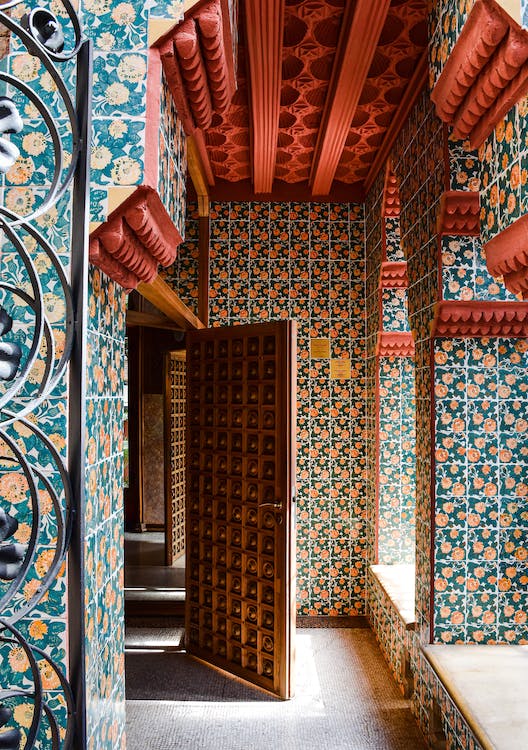Architecture and Wellbeing: My Journey Exploring the Interaction between the Built Environment and Human Fulfillment.
Published on 20 of July, 2023
by Marta Delgado
Understanding what constitutes a well-lived life, that is, a truly fulfilling existence, eludes our grasp with astonishing complexity. Yet, this question has been a constant in my life, driven by my empathetic nature and my desire to seek a deeper understanding of how all individuals can achieve greater fulfillment. I firmly believe that within each person resides the potential for growth, connection, and the experience of profound joy. It is this belief that has fueled my quest to explore the intricate interplay between the built environment, fulfillment, and the human experience, with the hope of illuminating pathways to a more vibrant and meaningful existence.
During my youth, I attributed great significance to my surroundings and their influence on my emotions. The mere presence of the sun always evoked an immediate feeling of optimism in me. I grew up in Barcelona, where just a few steps separate Gaudí’s fascinating works from other more mundane buildings. At the university, I directed my focus towards neuroscience and psychology applied to architecture, hoping to discover how emotions, and even our sense of self, can emerge from the environment that surrounds us.

Gaudí, Antoni. Casa Batlló. Barcelona, 1912
Reflecting now, I realize that this conviction stemmed from the fact that the tangible and visible nature of buildings was easier to perceive than subtle aspects of well-being, such as self-connection, nurturing relationships, and a sense of freedom. Over time, and with the gradual erosion of my naivety, new realizations have taken shape within me. I have come to understand that a well-lived life lies in the personal choice of what we want that life to be, guided by our feelings and the pursuit of rhythms that resonate with us.
In light of this shift, my perspective on the empirical study of the brain applied to the architecture of well-being has undergone a profound transformation. Initially, I sought to find universal relationships between feelings and the characteristics of the built environment, such as color, material, or form, that would be useful for designing more intelligently. However, I now believe that the true value in this field lies in understanding the needs and functioning of our entire organism—our brain and body—to increase the knowledge we have of ourselves. Time and again, I have experienced how revealing some key insights about how our brain works elicits in the audience a resounding “aha!”—a shift in perspective and a deeper understanding and validation of people’s own preferences. Increasing clarity and specificity about what we enjoy is essential for cultivating fulfillment, as if suddenly regaining vision and being able to distinguish between ripe and rotten fruits before tasting them.
Now I can explain my reaction to the beautiful buildings in my hometown as an association of pleasurable sensations with their intricate decoration and noble composure, based on previous experiences that are partly biological, partly cultural, and partly personal. The beauty lies in the fact that this knowledge helps me cultivate these same biological experiences—such as the pleasure of observing nature and experiencing movement—cultural experiences shared with my community, and personal experiences related to my love for architecture and ceramics, even outside the context of any specific building. And all of this brings me closer to well-being.

Gaudí, Antoni. Casa Vicens. Barcelona, 1888.
There is a challenge, or perhaps a fortunate aspect, which is that self-knowledge is not transferable. The sense of fulfillment is so personal that the meanings that bring us closer to it exist only within each individual. While an architect may understand why a particular place, style, or material may appeal to them more than others, or help them relax or feel at home, that knowledge cannot be directly applied to projects for their clients without losing a significant portion of the desired positive effect. To achieve this, the architect must be able to illuminate the same awareness in the future users of the space, allow them to discover themselves, and then listen to their preferences. I often discuss these ideas with my colleagues and wonder if it may be asking too much of an architect to embark on this intimate exploration with all their clients.
I am still unsure if the knowledge of neuroscience and psychology will transform the practice of architecture and the design process. However, I am certain that education in this field can help many people live better lives by exploring their reactions to space, sounds, smells, colors, shapes, materials, and the meanings within their environment, empowering them to make decisions such as purchasing good furniture and art, moving to a new neighborhood, or spending more time in beautiful and green public spaces. I invite you to take a moment right now to reflect on the aspects of your current surroundings that you care about, and to ponder why. If you are looking for an infallible key to optimism, I have always had one: open a window and seek the sun!